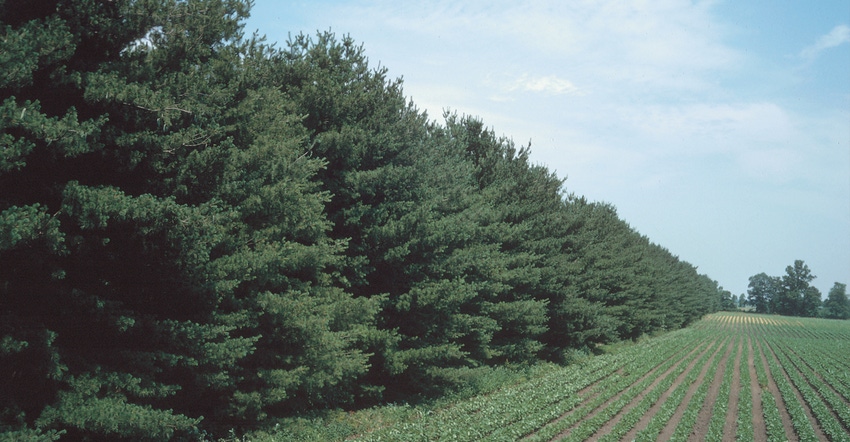December 20, 2018

Michigan farmers and forest owners who submit applications by Feb. 15 will be considered for the current selection for USDA conservation financial assistance. Conservation financial assistance is available for implementing a wide variety of practices to reduce soil erosion, improve wildlife habitat, protect water quality and manage private forestland.
“Helping Michigan’s agricultural producers improve conservation on working lands benefits everyone,” says USDA state conservationist Garry Lee. “This funding will help farmers and forest owners protect our natural resources, including our lakes, rivers and wildlife.”
Conservation financial assistance is available through the Environmental Quality Incentives Program, administered by the USDA Natural Resources Conservation Service. Complete applications received by Feb. 15 will be ranked and considered for fiscal year 2019 funding.
Financial assistance is available for implementing designated conservation practices, such as windbreaks, nutrient management plans, cover crops, forest management plans, crop residue and tillage management, animal waste storage facilities, and many others. Applications are ranked and selected for funding on a competitive basis.
A portion of USDA conservation funding is targeted to state-level conservation priorities. These include funds for farmers seeking Michigan Agricultural Environmental Assurance Program verification, high tunnels in Wayne and Genesee counties, honeybee habitat, organic producers and producers transitioning to organic production, monarch butterfly habitat, practices to address concentrated flow erosion, and energy conservation.
Conservation activities receiving financial assistance must be part of an agricultural or forest operation’s conservation plan. Producers should work with their local NRCS or conservation district staff to develop a conservation plan before applying for the program. Successful applicants enter into a contract with NRCS to implement conservation activities and are reimbursed for a portion of the cost.
NRCS provides higher levels of financial assistance for beginning farmers and historically underserved producers. Applications are accepted on a continuous basis; producers and forest owners are encouraged to submit applications at any time. More information about conservation financial assistance through the Environmental Quality Incentives Program is available at local NRCS offices and online at mi.nrcs.usda.gov.
Source: NRCS
You May Also Like




